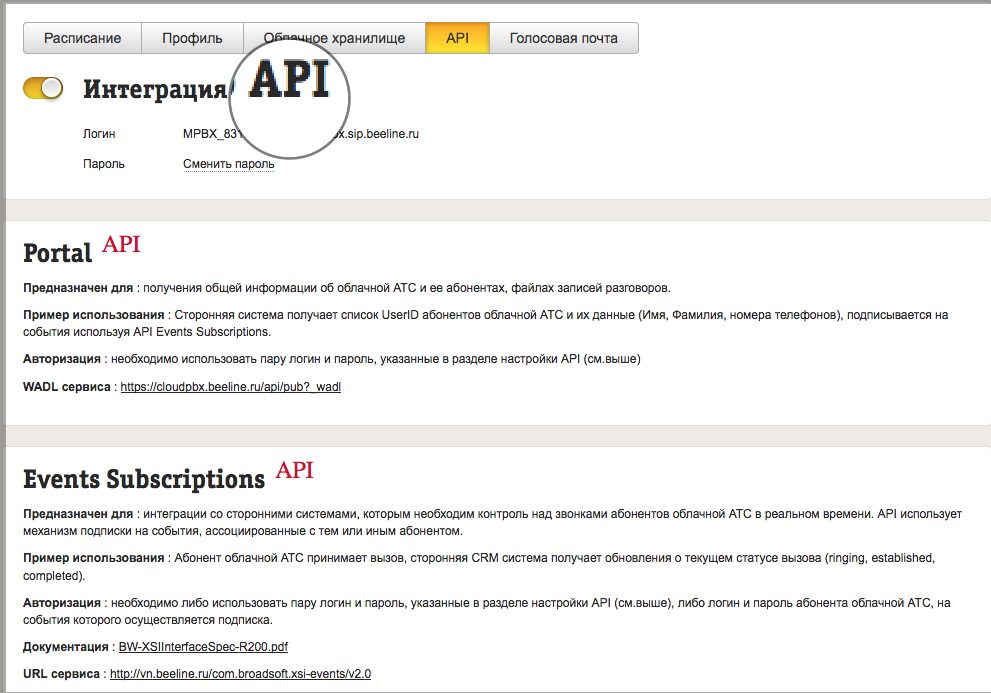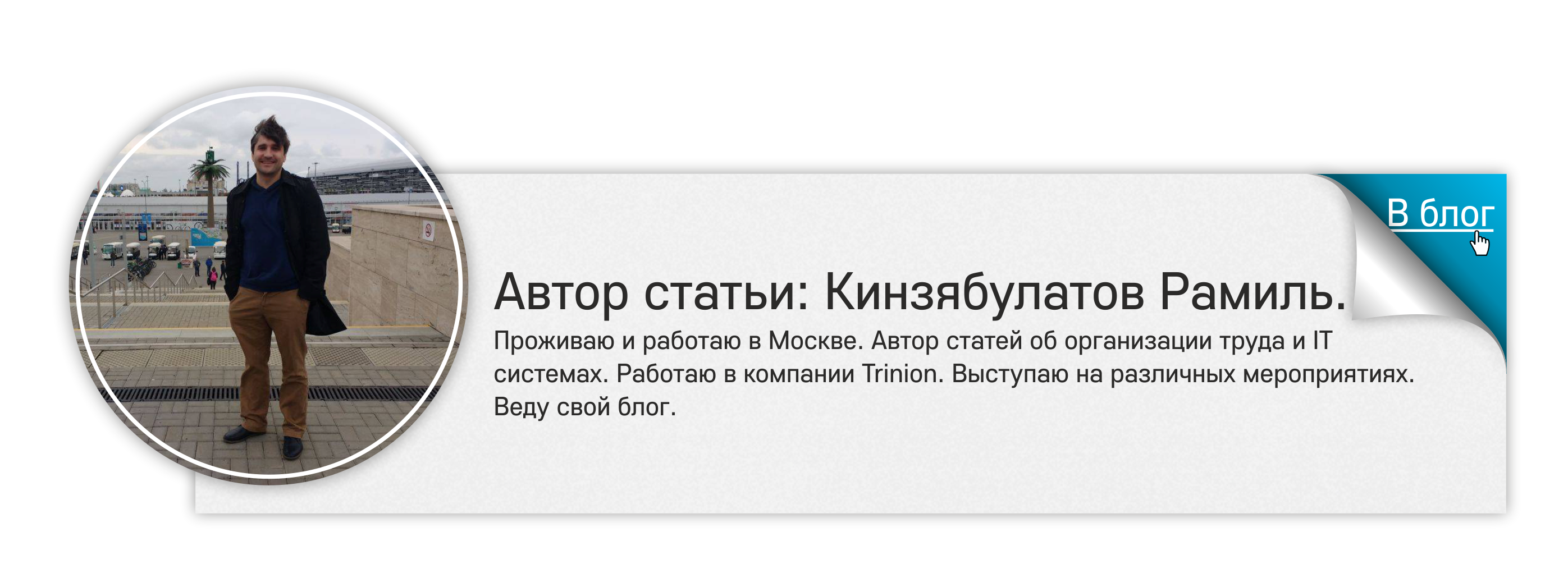Review services cloud PBX Beeline
 This article will discuss Beeline’s Cloud PBX service: what it is, how the system works, what are its advantages and disadvantages.
This article will discuss Beeline’s Cloud PBX service: what it is, how the system works, what are its advantages and disadvantages.I have been working with Beeline corporate telephony for two years now. But cloud telephony is a fairly fresh product, and I started working with it about two months ago, when a client approached us - a construction company. From his case, I would like to start an article for a better understanding of what Beeline Cloud PBX is.
This company was faced with an acute issue of telephony: a virtual PBX was installed in the office, but most of the employees were almost always on the go and made their work calls via cellular communication. Accordingly, it was impossible to control the work of the divisions of the company (due to the lack of recording telephone calls and summary statistics on calls of all employees).
')
For this client, we chose a cloud PBX, which was the solution to most problems. The company acquired one external multichannel number 8 (495) ... and the required number of internal numbers that are tied to multichannel. These were both landline and mobile phones. Now all calls, even those that are made at the exits, are recorded and recorded in the cloud PBX. This allows you to control the work and make appropriate decisions based on records and statistics. The question of telephony when moving, respectively, was removed by default.
What is a cloud PBX from Beeline
So, as can be seen from the above case, the Cloud PBX from Beeline is a virtual PBX in which subscribers can connect via mobile numbers. Thus, cloud PBX includes the capabilities of a virtual PBX, and cellular communication. The only difference is that in a regular virtual PBX, we create the required number of virtual subscribers in the personal account on the provider's website, and in the case of a cloud PBX, all subscribers are connected via SIM cards. That is, to start working in the cloud PBX, you must purchase a SIM card.
How does a cloud PBX work?
Consider the communication mechanism in the cloud PBX. On its website and in other advertising sources, the company indicates one number that the customer will call - a multichannel number. When an incoming call, the voice menu will direct the client to the desired department. Calls from a shared multichannel number are automatically forwarded to the required specialist on his mobile phone. No matter where the employee is: in the office or outside, he will be in touch. In an outgoing call, the multi-channel number of the company will be substituted for the employee’s internal mobile number, which will be “highlighted” by the client. All conversations are recorded, of which the client is automatically warned when the receiver is picked up. All records of conversations are stored in the cloud storage.
Tariffs for Cloud PBX
Pricing in the cloud PBX Beeline is not easy. Calling a specific figure, how much it can cost the client is problematic, since the final cost consists of several components and their parameters. Let us consider these components in more detail:
Package of services. Beeline provides 5 packages that allow you to connect a different number of numbers and have different sets of services (such as voice menu, call recording, number of conference participants, widgets, and many other parameters).

Multichannel number . The second component of the price is a multichannel number - the one to which the subscriber will connect and to which other company numbers will be associated. The number can be:
Direct urban 8 (495) ... - this number implies a monthly subscription fee (500 rubles per month). If the company chooses a “beautiful” number (silver, gold, etc.), this implies a one-time payment, and its size depends on the number itself.
federal 8 (9XX) ... - this number assumes a monthly payment according to the selected tariff. For a “beautiful” number, as in the case of a direct number, you must pay a one-time fee.
3. Subscriber number. The third component of the price is the numbers of subscribers - this is the same “SIM”, internal number of the subscriber, one of the channels of the multichannel number. Each room has a tariff plan, the monthly fee of which can be from 300 to 3000 rubles per month. The service is provided in advance and paid accordingly after a month.
For different numbers tariff plans can be chosen different. For example, for a manager who communicates through corporate communications for no more than 30 minutes a day, and for an employee of the sales department who is practically on the phone all the time, these may be different tariff plans.
The subscriber number can be used both with a SIM card and in SIP telephony. That is, after buying a SIM card, you can postpone it and use only the SIP account: activate the number in your personal account and get access to IP-telephony.
4. And the last component of the price are various paid connected services within the selected package. As a rule, these are advanced features within existing functions, for example, an additional voice menu, additional call groups, additional agents, etc. The amplitude of prices here is quite wide.
For convenience, the perception of information on the cost of the cloud PBX Beeline in the table below presents all the estimated costs associated with its acquisition and maintenance.
| Monthly fee | Single payment | |
|---|---|---|
| Cloud PBX package | 50 - 4500 rubles | |
| Federal number | 300-3000 rubles (according to tariff plan) | It is assumed when choosing "Beautiful" rooms. Price depends on the room itself. |
| Direct city number | 500 | It is assumed when choosing "Beautiful" rooms. Price depends on the room itself. |
| Subscriber numbers (price is per subscriber) | 300-3000 rubles (according to the tariff plan) | |
| Options | from 35 rubles |
Tariff options for Cloud PBX Beeline
There are a lot of tariff options of a cloud PBX, about 30: this is a call-center, voice menu, call groups and many others - but I will talk about those that are an absolute advantage of the system and combine the functions of a virtual PBX and mobile communication.
Group Caller ID
The function Group Caller ID (Automatic Caller ID) allows users to use a common company number as Caller ID for outgoing calls (and it is also possible for different groups of users to use different numbers as Caller ID).
Suppose the company has an external number 8 (495) ... and there is a mobile phone number of a connected employee. When an employee makes an outgoing call, thanks to a group caller ID, the call is determined by the customer who is called as the city number 8 (495) ... - the company number That is, not being in the office, the employee can make an outgoing call from the federal as from the city.
Call recording
Cloud PBX from Beeline provides the function of recording and storing incoming and outgoing calls. This feature is simple enough to connect. You can listen to the recordings in your personal account.
Cloud storage
All call recordings and faxes are stored in the cloud storage. As for the storage of records, there are some differences from the virtual PBX. If Mango, for example, has per-minute billing, then billing for megabytes takes place here. Each call is a specific record file, and it occupies a certain amount in the cloud storage. So that you understand, 1 minute of recording is about 0.9 MB (10 minutes respectively - 9 MB).
By default, each tariff includes only 1 GB of memory, which quickly runs out. For an additional fee, you can connect additional volume, for example, for 1000 rubles per month 200 GB - this is more than enough. In order not to go beyond the tariff, you can configure the deletion of files after a certain period of storage.
API
The API is one of the most useful functions providing direct (without using additional systems, for example, Asterisk) the integration of telephony with external systems. The system is based on the BroadWorks software product from BroadSoft , so it has all the capabilities that this system provides from the integration point. Now the telephony of medium and large businesses is difficult to imagine without integration with the CRM system. In this case, the integration is presented at the highest level and implements such functions as:
- attaching a recording link to a call card (Portal API)
- displaying the caller's card in the CRM system and receiving a call (Events Subscription)
- c2c (click to call) call initialization from CRM (ActionsAPI)
So, the API of the cloud PBX Beeline has many features. By the way, only the description of the API takes 455 pages. I can tell from my experience that we didn’t have any problems in the integration process, no non-working API functions were found.

Conclusion
From the advantages of the system I will highlight the following:
- Mobile subscribers are connected and controlled in PBX
- it is possible to transfer data from mobile phones to a CRM system
- in order to use a GSM connection, it is not necessary to have an Internet connection to make and receive calls
- subscribers can communicate on intercom for free, this connection is not charged
- system interface is very convenient and pleasant, providing all the necessary settings
- The quality of communication does not depend on the quality of the Internet channel to the subscriber
The disadvantages of the system are also:
- the biggest disadvantage, in my opinion, is that in order to add an additional subscriber, you need to buy an additional physical SIM card.
- API documentation is available only in English and is overloaded with a description of functions that you most likely will never use
- confusing pricing also certainly applies to cons
In my opinion, the Cloud PBX service from Beeline is the best solution for companies with mobile workstations, besides, the broadest integration possibilities provide an opportunity to connect to almost any CRM.

Source: https://habr.com/ru/post/309592/
All Articles